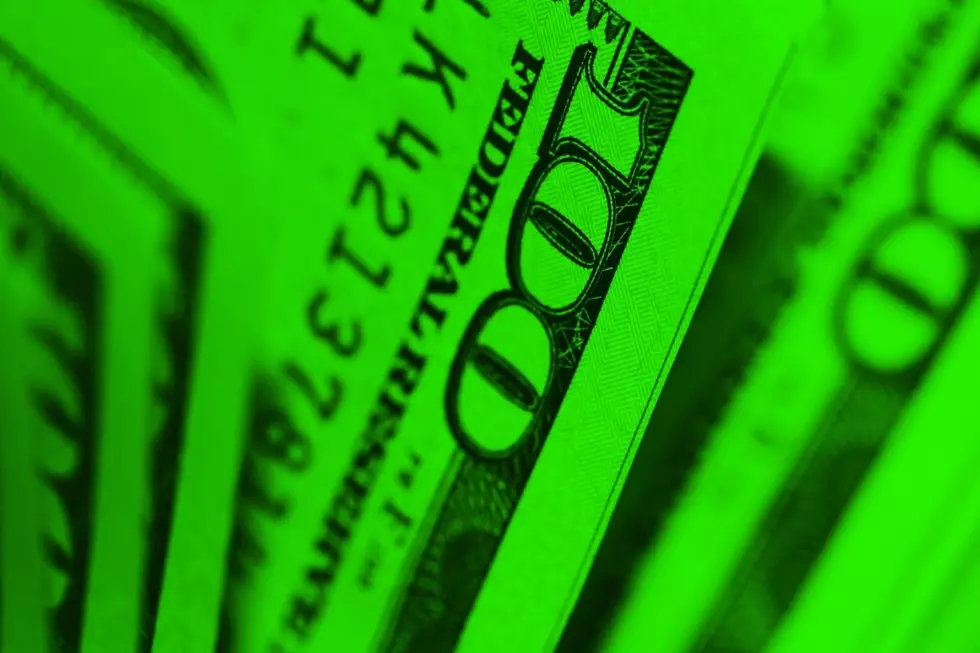
Counterfeit Currency Cases Increase in Boise
Boise Police say since the beginning of 2016, they have received a steady intake of counterfeit currency cases. Criminals find ways to get away with producing this fake money and trade in it for cold, hard cash, by making a small purchase such as a pack of gum and then getting change from the register. Another way is buying from websites such as Craigslist, because everyday people aren't expecting a handful of fake cash.
Determining if a bill is real or not depends on what denomination of bill you're holding as well as when the bill was made.
With the $100 bill, on the front lower right-hand corner is printed with color changing ink, so when held to the light at different angles it can appear either gold or green. There should also be a hologram, which should be inside the blue stripe running through the center of the bill. The image within the strip should move as the bill moves, not the light reflecting off of it.
The last give away is the watermark, which is on almost all denominations of new U.S. paper currency. If you hold the bill up to the light, you should see a watermark of the same person's face which is on the front of the bill.
These are all good tricks to detect a fake, new version of the 100-dollar bill, but hundreds aren't the most forged bill. Twenties are actually the most forged denomination.
When dealing with older or less valuable money, there are other things you can look for.
A common mistake counterfeiters make is printing the same serial number on every bill they make; so that's an easy tell.
Keep an eye on those new bills circulating around the Treasure Valley. If you do come into possession of fake money call the police and file a report. They'll take the money away, but you couldn't spend it anyway. Also possessing, spending, or depositing counterfeit cash is a crime.
More From Mix 106









